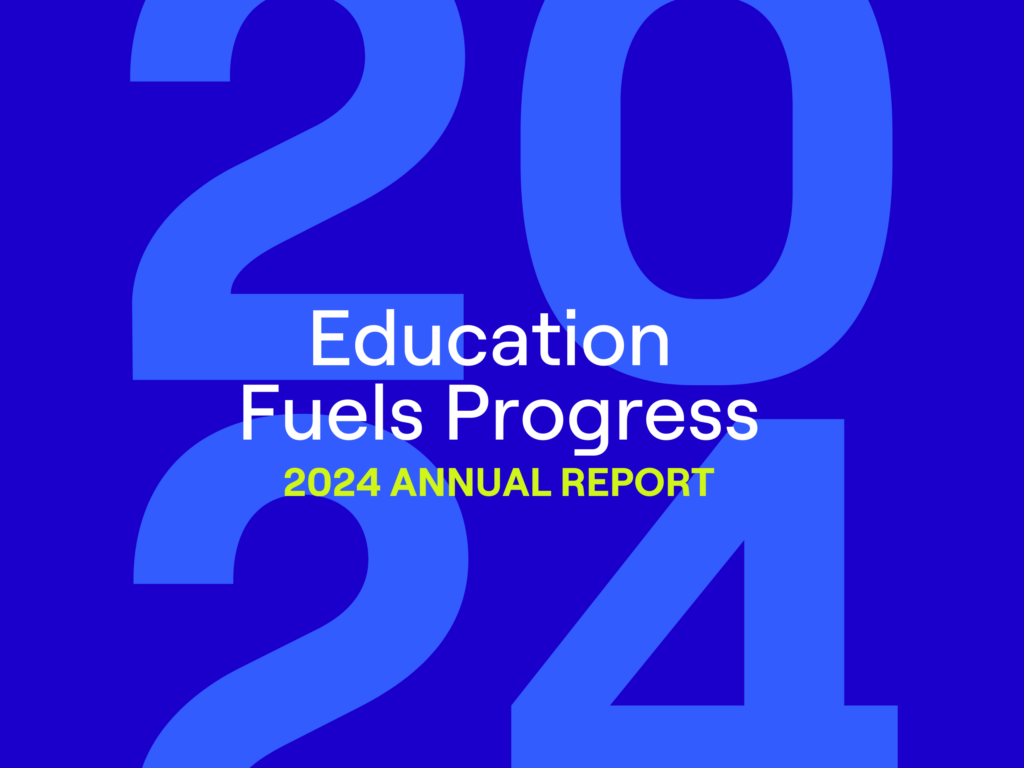With 29 days until the application deadline, we got a first look this week at what the giant pile of applications might look like. April 1 was the deadline for applicants for the Investing in Innovation (i3) fund to turn in e-mails indicating their intent to apply for grants under the $650 million fund. Take this information with plenty of grains of salt, because these notifications are totally optional, plus, there’s no telling how many people took a cue from the due date and turned in April Fools hoaxes. (If people can convince the New York Times of naked subway riders and an official White House legal blog on the same day, anything is possible. Really, anything. But we digress.)
The actual identities of all the people intending to apply haven’t been released yet, though they will be soon. But in the meantime, here’s what we learn from the Department of Education’s summary of the letters of intent: nearly 2500 nonprofits, districts, consortiums of schools, or combinations of those players are planning applications. That’s pretty much in line with what the Department has predicted for months. What’s perhaps more surprising is some of the patterns in how people are planning to apply:
- There are three categories of grant, based on the amount of research evidence for innovation: Scale-up, with grants up to $50 million; Validation grants of up to $30 million; and Development grants of up to $5 million. More than two-thirds of likely applicants are shooting for the Development category … and that proportion may well grow as people come to grips with the rigors of the evidence requirements.
- Applicants have to target one of the four “absolute priorities” that the Department is using to guide the stimulus: teacher and principal effectiveness; data systems; standards and assessments; and low-performing schools. If you guessed that standards and assessments got the most attention (with 30%), you were ahead of me on this one. Efforts to turn around low-performing schools came next, with 26%.
- Applicants also have the option to address one or more “competitive priorities,” which add points to an application. There are four of these: early learning; college access and success; students with disabilities or limited English skills; and rural efforts. A remarkable 97% of applicants will address at least one of those competitive priorities, with more than half unsurprisingly targeting college access and success.
- The summary also tells us how many applications are likely coming from each state. Out here in California, we like to think that everything we do is innovative, so it should be hardly surprising that we account for almost one in seven applications. New York is next with 149; North Dakota has the fewest, with two.
It’s great news to see the federal government’s first big foray in this area getting so much attention. But if even half of these letters of intent turn into actual applications, that’s going to be a lot for folks in Washington to read, with grants slated to be announced in September. For folks at innovative education nonprofits, the date of interest is May 11 — when all i3 applications are due. For everyone pulling multiple all nighters to finish in time, we’ll put on extra coffee at the NewSchools Summit the next morning.


